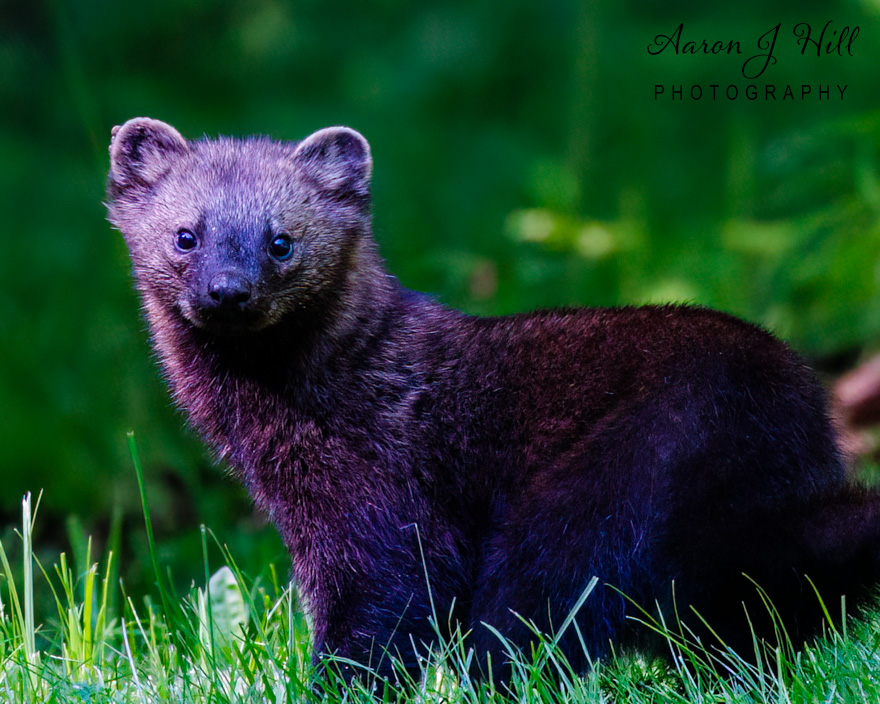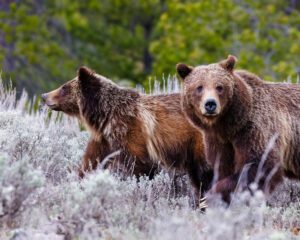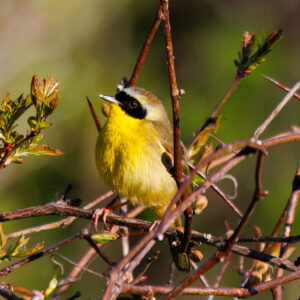The fisher, also called the “fisher cat,” is a shy predator that lives in the forests of North America. Despite its name, it’s not a cat, and it doesn’t fish. It’s part of the weasel family, known as Mustelidae, which also includes otters and wolverines.
What a Fisher Looks Like
Fishers are about the size of a house cat but longer and lower to the ground. They grow to about 32 to 40 inches long, tail included. Most adults weigh between 4.5 and 12 pounds. Males are usually larger than females.
Their thick fur is dark brown to black with lighter guard hairs that give a grizzled look. They have short legs, long bushy tails, and sharp claws that help them climb and hunt.
Where Fishers Live
Fishers like big, mature forests. They often choose forests with both pine and hardwood trees. You’ll find them in parts of southern Canada and the northern U.S., including the Northeast, Great Lakes, and Pacific Northwest.
In recent years, fishers have also been spotted more often in eastern North Dakota.
What Fishers Eat
Fishers are not picky eaters. They hunt small mammals like squirrels, rabbits, mice, and voles. They also eat birds, insects, fruit, and even mushrooms. One of the most surprising things about them? They can kill porcupines.
Fishers use quick, smart attacks to strike a porcupine’s face and belly—places with no quills.
How Fishers Raise Their Young
Fishers breed in late winter or early spring. After mating, the female delays the egg from growing for about 10 months. She then gives birth in late winter. Most litters have 1 to 4 kits.
The mother raises the young alone. By 8 to 10 weeks, she weans them. They begin to hunt around 5 months old and can mate at one year.
How Fishers Communicate
Fishers are quiet and like to be alone. They don’t often make noise, but they might growl or hiss when scared. Instead of talking, they use scent. Fishers have scent glands near their tails that they use to mark territory.
Who Eats Fishers?
Adult fishers don’t have many enemies. Still, large animals like bobcats and coyotes can sometimes catch them. Young fishers are more at risk. Hawks, owls, and other big predators may hunt them. Human activities like logging and trapping have also hurt their numbers.
Are Fishers Endangered?
Fishers have made a comeback in some places thanks to better forest management and trapping laws. But they are still sensitive to changes in their environment. Protecting their forests is key to helping them survive long-term.
Why Are Fishers Called “Fisher Cats” in the Northeast?
In the northeastern United States—especially in New England and parts of upstate New York and northern Pennsylvania—fishers are commonly referred to as “fisher cats.” This nickname is a misnomer, as fishers are not cats and they don’t fish. The term likely originated from early European settlers who confused the animal with the European polecat or used the word “fitch” (an old term for a weasel-like animal). Over time, the name stuck in local folklore, and fishers gained a mysterious reputation in rural communities. The eerie sounds often heard at night and mistakenly attributed to them helped fuel myths about the elusive “fisher cat.”
Fun Facts About Fishers
They aren’t cats. “Fisher cat” is a nickname that doesn’t fit. They don’t fish either.
They’re amazing climbers. They can even climb down trees head-first by turning their back feet around.
They hunt porcupines. Few animals are brave or skilled enough to do that.
What Is the Mustelidae Family?
Fishers belong to the Mustelidae family. This group includes weasels, badgers, otters, martens, and wolverines. They have a few things in common:
- Body Shape: Long bodies, short legs, and thick fur.
- Scent Glands: They use scent to communicate.
- High Energy: They burn lots of calories and must eat often.
- Different Homes: Some live in water, others in trees or fields.
In Summary
The fisher is one of North America’s most secretive predators. From hunting porcupines to climbing trees with ease, it’s a fascinating animal. Learning about fishers helps us better protect the forests they call home.




I wanted to take a moment to commend you on the outstanding quality of your blog. Your dedication to excellence is evident in every aspect of your writing. Truly impressive!